3D printing has brought a powerful impetus to the development of technology. Really promote the progress of human science and technology. Manufacturer Marcus Wu has built a 3D printed Curta calculator, a mechanical calculator that can be calculated with a single handle. The device was originally developed in the 1940s by concentration camp survivor Curt Herzstark.
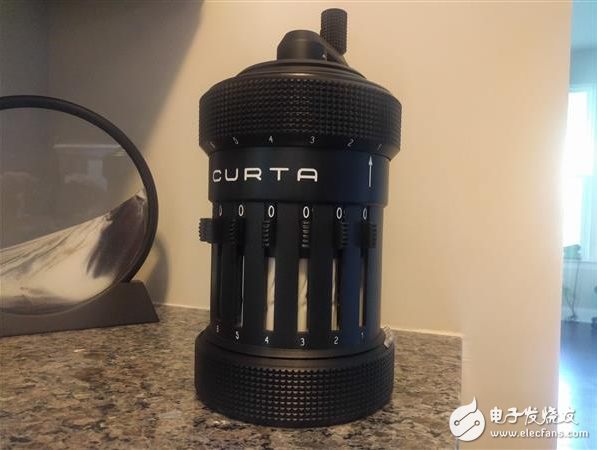
Most of us grew up with an electronic calculator at school. However, these cumbersome solar devices can be subverted into rude words and are being replaced by more advanced models, which will help the next generation of mathematicians to cope with difficult problems.

Back in the early 20th century, however, you can't simply go to the store to buy a calculator, let alone solve brain fusion algebra problems. The original computer was just developed, and people had to find other ways to do difficult calculations.
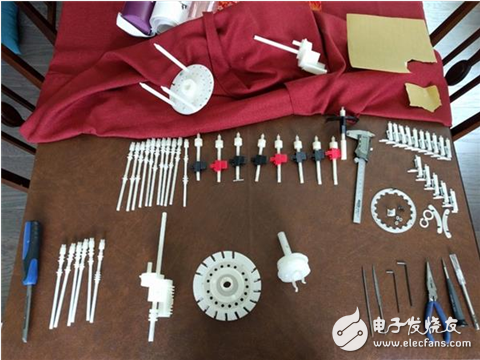
A particularly impressive computing device, the Korta mechanical calculator, was invented during the Second World War, as well as in special cases.
The Austrian calculator inventor Curt Herzstark owned a Jewish father and was taken to the Bushwald concentration camp in 1943. There, he was forced by his captives to continue developing the calculator to give Hitler a gift. The final victory of Germany.

Of course, history is also different, Hirst Stark was finally released, let him complete the Cora calculator in his own name.

Herzstark produced his invention in his own name, and the mechanical starter was not born into an electronic calculator until the 1970s.
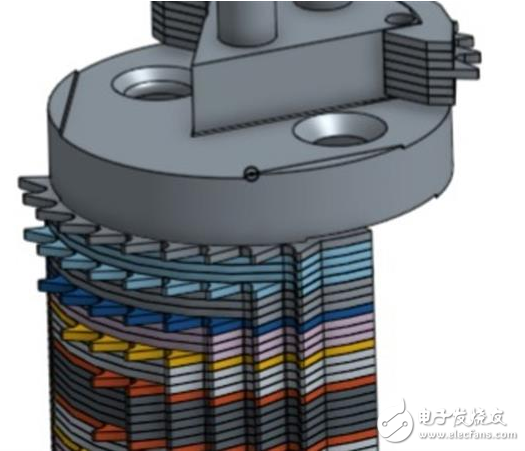
Due to the fascination with Curta's history, modern producer Marcus Wu recently designed a full-featured 3D printed version of the computing device that other math enthusiasts can download from Thingiverse.
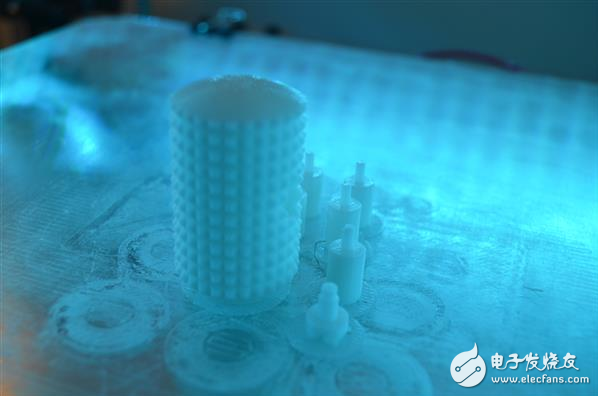
Mr. Wu obtained an impressive 3D printing calculator after the original engineering drawings were published in Curta of the Liechtenstein Museum Mugla.

With notes on the factory drawings, Mr. Wu designed his own calculator on Onshape, which resulted in 240 printable 3D prints, including 100 unique designs. (The original Korta had about 600 components, but Wu found that he could combine many components to simplify the design.)
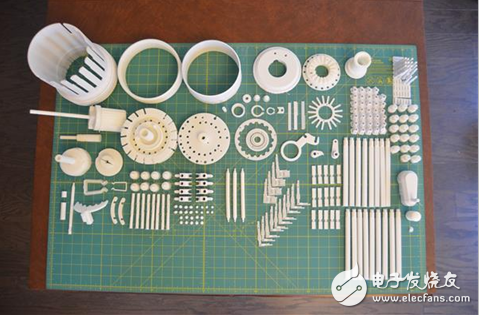
Many of Wu Curta's 3D prints complement about 100 ready-made parts, including ball bearings, springs and screws.
After slicing the 3D printable design with Simplify3D, the calculator part prints for approximately nine days. However, Mr. Wu printed, sorted and tested the whole thing in a few months. In general, manufacturers say it takes a whole year from concept to finished product.
Fortunately, if you break this device, Mr. Wu does not have to spend a whole year, he said that he can disassemble the entire piece of equipment within a few hours.
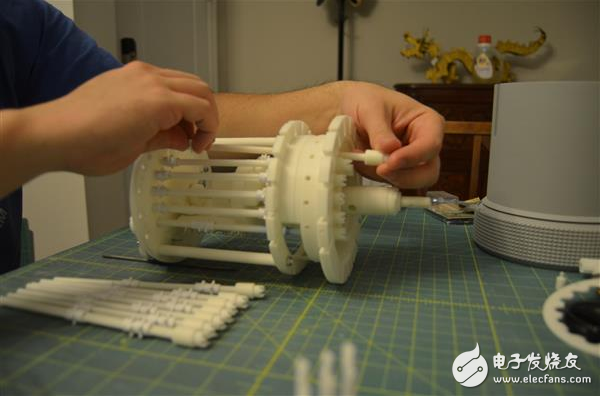
Instead of leaving the printed part like a printer, Mr. Wu also did a thorough paint job on the calculator. He used a Cricut cutter to cut the mold for the numbers on the dial; the paint mask and 3D print files were provided on the Thingiverse page of the device.
The 3D printing Kodak calculator prints in a 3:1 ratio and weighs 1357 grams (about 3 pounds).
The manufacturer recently showed off his work at the Discovery Place Science Museum in Charlotte, North Carolina, at the Charlotte mini-manufacturer Faire.
A Brushless DC Electric Motor (BLDC motor or BL motor), also known as electronically commutated motor (ECM or EC motor) and synchronous DC motors, are synchronous motors powered by direct current (DC) electricity via an inverter or switching power supply which produces an alternating current (AC) electric current to drive each phase of the motor via a closed loop controller. The controller provides pulses of current to the motor windings that control the speed and torque of the motor.
The construction of a Brushless Motor system is typically similar to a permanent magnet synchronous motor (PMSM), but can also be a switched reluctance motor, or an induction (asynchronous) motor.
The advantages of a brushless motor over brushed motors are high power-to-weight ratio, high speed, electronic control, and low maintenance. Brushless motors find applications in such places as computer peripherals (disk drives, printers), hand-held power tools, and vehicles ranging from model aircraft to automobiles.
24v brushless motor,24v brushless dc motor,24 volt brushless motor,Brushless dc motor 24v 500w
Shenzhen Maintex Intelligent Control Co., Ltd. , https://www.maintexmotor.com
